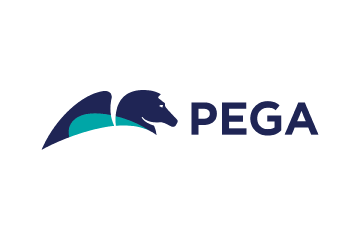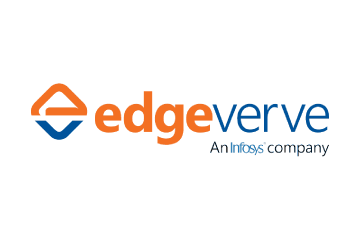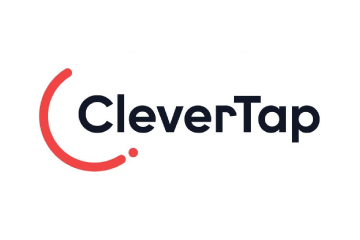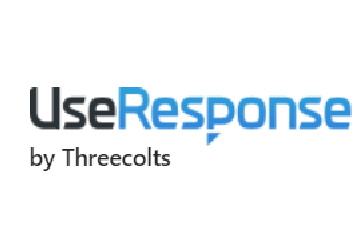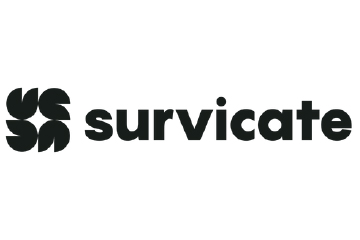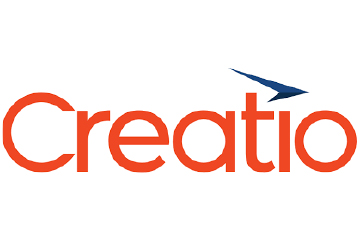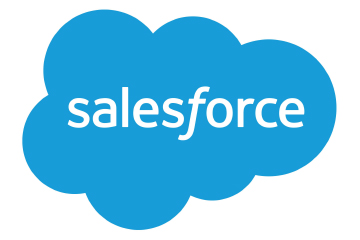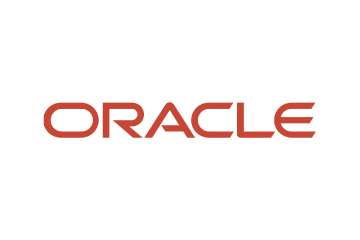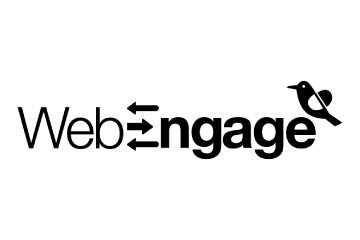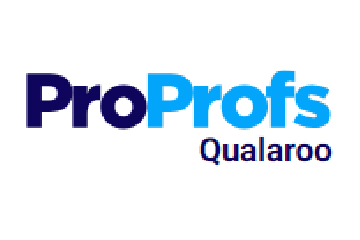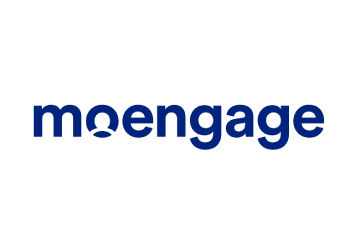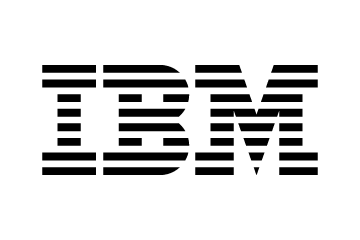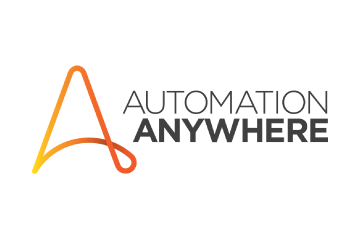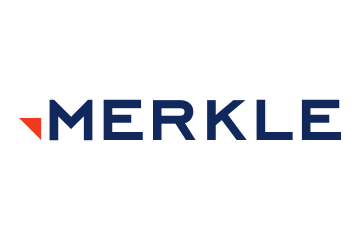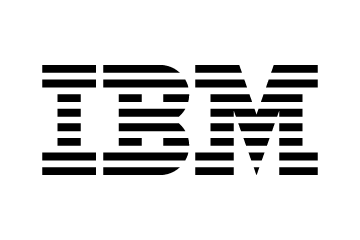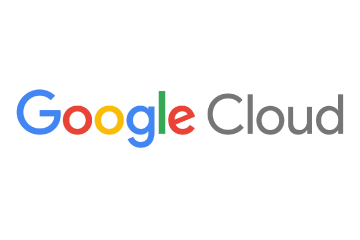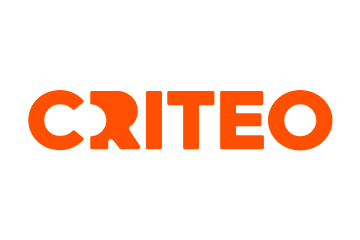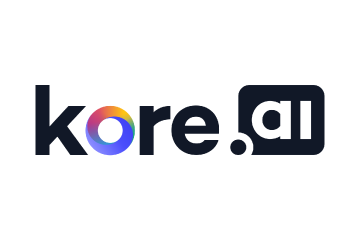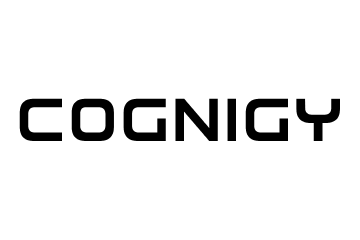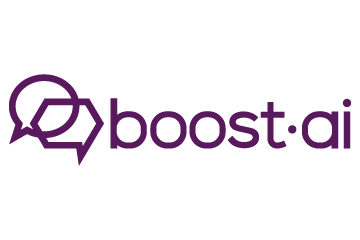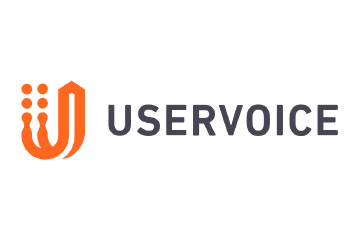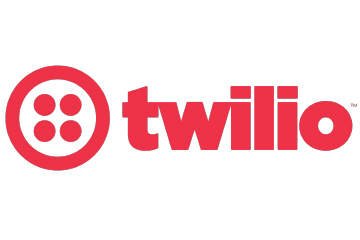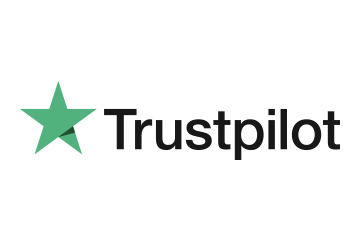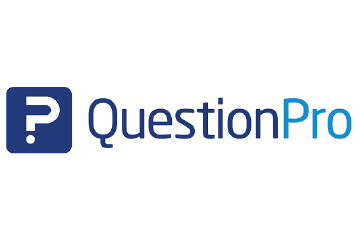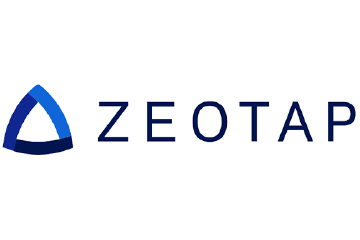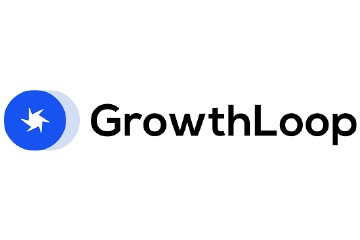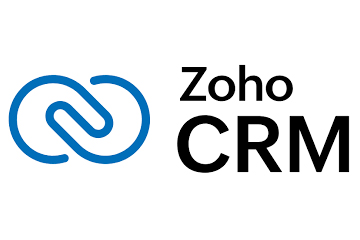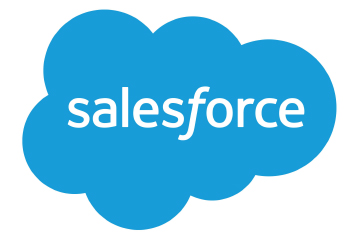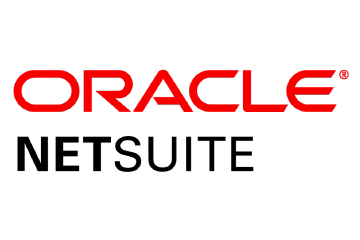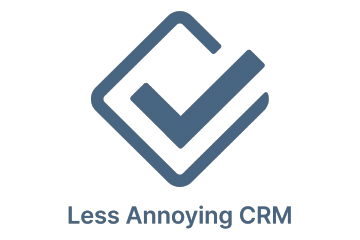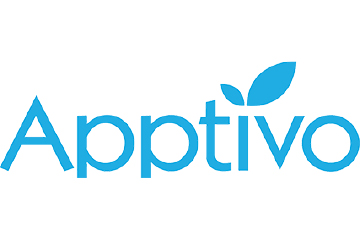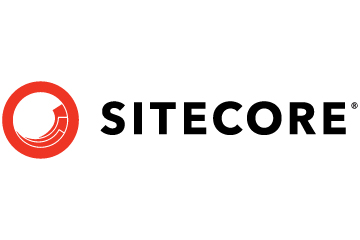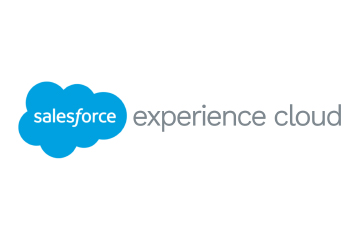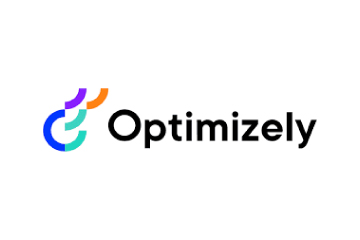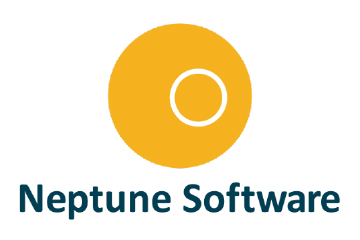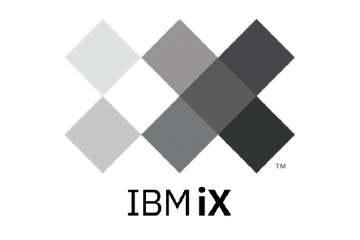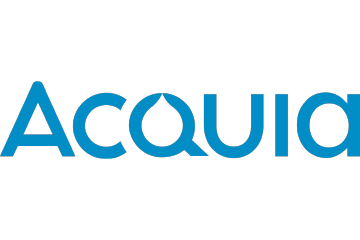His warning was sharp—92% of CMOs said they’d have chosen a different career path had they known how tech-heavy their role would become.
Now, we speak with Andrej Persolja, a expert in brand positioning and fractional CMO for $10M+ ARR companies, to go beyond the burnout and ask: How do marketing leaders reclaim direction and impact in an environment built for speed but lacking strategy?
CMOs being tasked with owning revenue, delivering on brand, leading digital transformation, managing complexity, and proving value at every turn. According to recent research, 58% of marketers report feeling overwhelmed, and over 50% are emotionally exhausted. Meanwhile, 77% of CMOs say they are under pressure from CFOs to demonstrate impact. It’s no wonder burnout is now a strategic risk.
“Speed in itself isn’t the problem,” says Andrej. “Speed without direction is. That’s what’s burning people out.”
Strategy at the Speed of Burnout
For many marketing teams, the race is relentless: one more product launch, one more campaign, one more channel to test. But as Persolja points out, speed only works if you know where you’re headed.
“If you find you make $5M per product launch and can launch three times a year, that’s $15M. Launch four, and it’s 25% more. So yes, speed drives results—but only if it’s purposeful. Otherwise, it’s just chaos.”
That chaos, he explains, shows up when teams are “testing” without clarity. “We call it testing, but often it’s just random acts of marketing—chasing trends, copying competitors, stretching teams thin with work that doesn’t move the needle.”
Decision Fatigue in the Age of Consensus
One of the hidden causes of burnout is the sheer number of decisions marketers are expected to make often without real authority. “Just the other day, I was in a meeting choosing between two product launch options,” says Persolja. “Option A would drive $3M, Option B could drive $8M. But sales had a different opinion. So did product. Suddenly it was a debate instead of a decision.”
“With $5 million on the line, we shouldn’t need a vote. The CMO has to be empowered to lead, not just present options.”
This mirrors a broader trend. CMOs are expected to drive growth but often lack the autonomy to act decisively. Gartner’s 2025 CMO Spend Survey reports that only 31% of CMOs feel fully empowered to set strategy without constant internal negotiation.
CMOs Are Becoming Business Architects
Perhaps the most dramatic shift is the expanding scope of the CMO role. Today’s marketing leaders aren’t just running campaigns, they’re influencing business models, product development, and go-to-market strategies.
“Every CMO role is different,” says Persolja. “That’s the beauty of it. You can tailor it to your strengths.”
He describes his own evolution from marketer to strategic advisor. “My strength has always been in thinking—understanding the market, the competitors, the psychology of clients. That’s what helps a company find an edge. And that’s why I always push to influence business strategy, not just marketing plans.”
This adaptability is becoming a survival skill. At the 2025 WFA Global Marketer Conference, 99% of marketers surveyed said economic uncertainty was a top concern—and 68% expect pressure to intensify. CMOs who can pivot, shape the strategy, and think cross-functionally will be better positioned to lead through volatility.
The Martech Mirage
One area where CMOs are expected to lead, but often get tripped up, is technology. The marketing tech stack has exploded. But has it actually made the job easier? Persolja isn’t convinced.
“I’ve seen teams adopt tools just because they were ‘sexy.’ AI chatbots, new analytics dashboards, whatever’s trending. But if it doesn’t speed up execution, improve quality, or reduce effort, it’s just a distraction.”
His warning is backed by data. According to a recent survey by eMarketer, only 17% of marketing activity is currently powered by AI, despite rising investment. And 55% of marketers say their tools underperform relative to expectations. “Tech should support clarity,” says Persolja. “Instead, it’s often just adding complexity.”
The Investor Mindset: A CMO Survival Strategy
So how do marketing leaders avoid burnout and stay relevant?
Persolja’s answer is deceptively simple: Think like an investor. “Your time, your team’s energy, and your budget, they’re all resources you’re investing. Great CMOs make calculated bets. They research before they launch. They ask: what’s the ROI of this move?”
“When you think like an investor, you build what I call a ‘growth machine’—a strategy that lets you say with 90% confidence, ‘If we do X, Y will happen.’ That’s how you gain the CEO’s trust and avoid stress.”
It’s also how CMOs move from reactive executors to proactive leaders. Gartner’s 2025 trends report urges CMOs to focus less on incremental improvements and more on “market-shaping” strategies. Those that do can achieve 2.6x higher growth.
Breaking the Cycle
Marketing will never be stress-free. But it doesn’t have to be soul-crushing either. The CMOs who will thrive over the next 12–24 months aren’t just chasing metrics. They’re rewriting the rules.
They’re cutting through complexity.
They’re tailoring their roles to their strengths.
They’re thinking like investors.
And above all, they’re reclaiming strategy as their greatest act of self-care.
“Burnout happens when you’re running fast in the wrong direction. If you take the time to find the right direction, the speed will follow—and so will the results.”
But as both Kemish and Persolja point out, strategy, not software, is what truly moves the needle.
If martech was Part 1 of the problem, and strategic thinking is Part 2 of the solution, maybe it’s time we asked what Part 3 looks like: How do we redesign the entire marketing operating system for human-first, outcome-driven growth?
ALSO READ: Martech Leaders Break Down the Real Impact of AI









